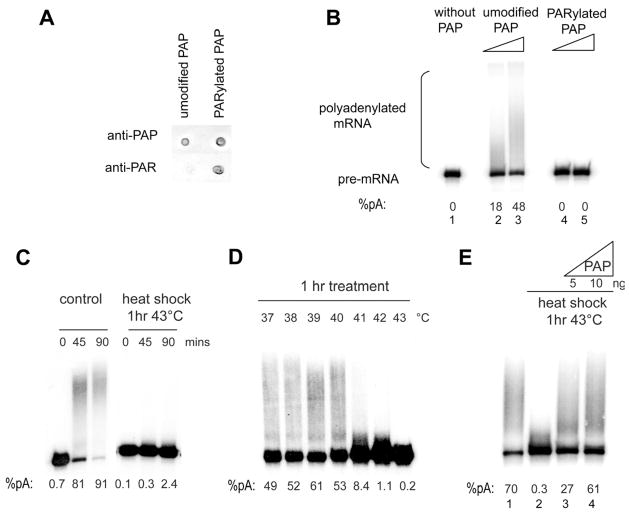Figure 3. Heat shock inhibits polyadenylation in a PAP-dependent manner.

(A) Dot blot of 2 ul of PAP protein that was re-purified after in vitro PARylation or mock PARylation as described in Experimental Procedures. Anti-PAP or anti-PAR antibodies were used to visualize the extent of recovery and PARylation of the re-purified proteins. (B) Non-specific polyadenylation assays with 32P-labeled SVL RNA were performed in the absence of PAP (lane 1) or with increasing amounts (2 and 4 ng) of purified mock-PARylated (lanes 2 and 3) or PARylated PAP (lanes 4 and 5). (C) In vitro polyadenylation was carried out for the indicated times using SVL RNA and HeLa NEs made from untreated cells or cells that were heat shocked for 1 hr at 43 °C. (D) In vitro polyadenylation as in (A) using NEs made from cells that were treated at the indicated temperatures for 1 hr. (E) Polyadenylation assays as in (A) using NE from untreated cells (lane 1), or from cells that were heat shocked 1 hr at 43 °C (lanes 2–4). NEs in lanes 3 and 4 were supplemented with the indicated amounts of recombinant His-PAP In panels B-E, polyadenylation efficiencies are indicated at the bottom.
